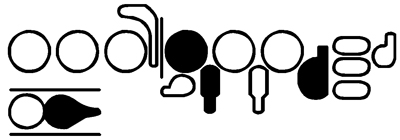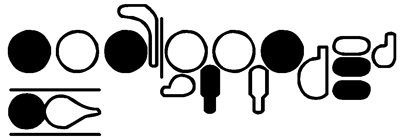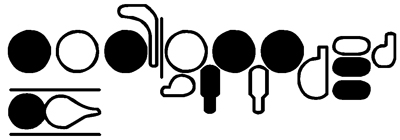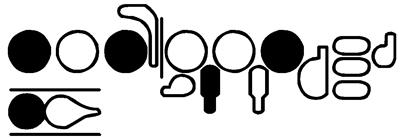There are times when composers knowingly push the limits of a given instrument, and performers just have to learn to cope with it. A few well-known examples include the French horn part in the Villa-Lobos Wind Quintet, the solo bassoon part at the beginning of Tchaikovsky’s Symphony No. 6, the famous piccolo solo in the first movement of Shostakovich’s Symphony No. 6, and the Rodrigo Concierto Pastorale for Flute and Orchestra. Composers quite often sacrifice ease of playing for effect.
While most passages are within the realm of possibility using standard techniques and fingerings, all instrumental groups have evolved tricks to help performers do the nearly impossible. For flute, one situation that comes to mind is the pianissimo high B-flat. There is simply no denying that the note is simply flat in pitch at low dynamic levels. The only answer seems to be to play louder, but there are moments when playing louder is not an option. In these places flutists should look for the right tool for the job, and the right tool for pianissimo high B-flat is a different fingering. With some practice, these patterns can become second nature.
The fingering modifications below are mainly for use in slower passages. They are not particularly easy, so it would be a rare circumstance to use them for a fast, technical passage.
Standard High B-Flat Fingering

The following are some alternate fingerings for a better pianissimo high B-flat. These fingerings are just a basic guide. All of them can be further modified as needed. For example, the first one can also be played with the C and B keys depressed on the foot joint, which lowers the pitch slightly. The index finger of the left hand can be subtracted as well.
Pianissimo

Slightly lower pitch

Technical ease

Higher pitch
.jpg)
You may find that some of these notes are actually a bit sharp, so practice lowering the pitch slightly. I recommend rolling the instrument slightly towards you to cover the blow hole more. Do not overcompensate. After practicing some long tones to learn the new patterns and develop the tone, work on the following examples to develop proficiency. Try the notes both with vibrato and without.
Verdi’s Requiem, Agnus Dei
.jpg)
When the high B-flat occurs in an arpeggio preceded by F natural, the second pattern (slightly lower pitch) is usually best. Use thumb B-flat in the arpeggio if possible. On the F natural, add the right-hand ring finger. It takes some careful practice to move the right-hand index finger rapidly to the upper trill key, but it is well worth the effort.
In the following passage use the same technique for the B-flat, which without using this fingering, is easily loud, unfocused, or flat. Because the notes are articulated, this is a bit easier than the previous example.
Prokofiev, Sonata for Flute and Piano, Op. 94, Movement 1
.jpg)
In this final passage from Mignon, by Ambroise Thomas, the high B-flat ends a cadenza. Note that there are more fingering options because the B-flat is preceded by G natural.
Thomas, Overture, “Mignon”
.jpg)
These fingerings are effective but complex and counterintuitive. It takes years to master them. As with any difficult or awkward modification of the standard fingering patterns, determine if you know them well enough. If there is any uncertainty as to whether the fingerings will be natural and secure enough for public performance, play it safe and go with what you know best.






